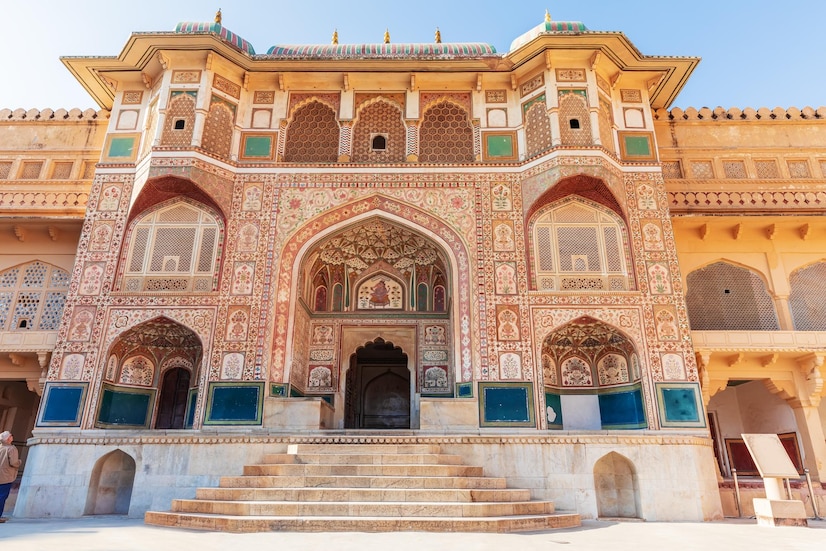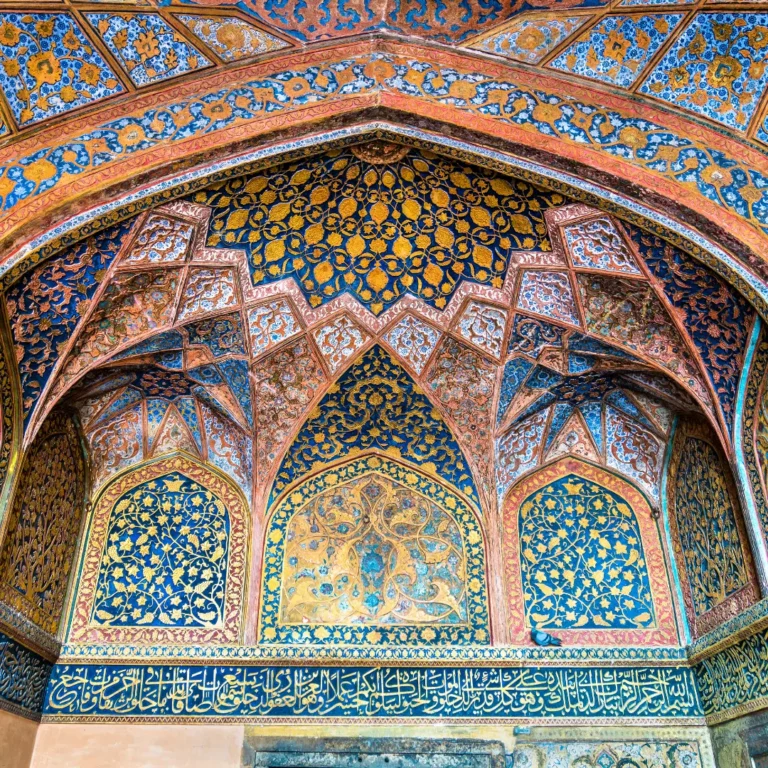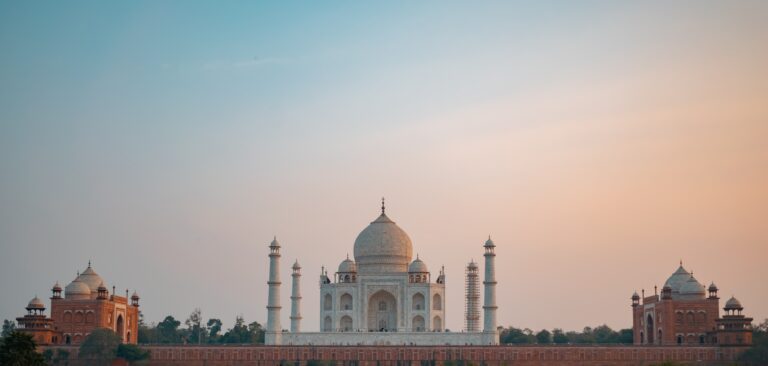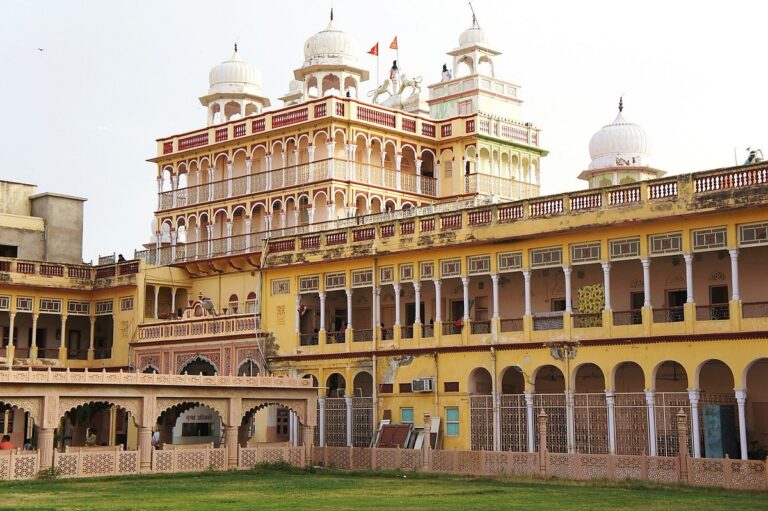One of India’s most majestic palaces, the Amer Fort, is perched on a hill close to Jaipur. This magnificent structure, also known as the Amber Fort, is a masterpiece of architecture and plays a crucial role in Indian history. It is famed for its maze-like tunnels and spiral stairs. Amer Fort, which is only 11 miles from Jaipur, is a large complex made of pink and yellow sandstone. Amer Fort, constructed in 1592 by Maharaja Man Singh I, one of Akbar’s most dependable generals, served as the Rajput rulers’ primary home.
The Amer Fort, which once served as the capital of the former Jaipur princely state, overlooks the Maotha Lake from its expansive ramparts, several doorways, and paved pathways near the town of Amer. The fort is large enough that you will need at least two to three hours to really explore it. You may also choose to use the audio tours, which will take you around this interesting structure while outlining its history. Ascending the Amber Fort’s staircase on an elephant is another well-liked tourist experience. The Amer Fort, along with five other forts, was included on the UNESCO World Heritage Site list as part of the “Hill Forts of Rajasthan” and receives more than 5,000 tourists every day. You can stay at our Tree of Life – Chota Mahal, Amer Resort in Jaipur and explore this place.

History
Before the Kachwahas took control, a minor tribe known as the “Meenas” established a small town called Amer City. However, the locals also think that the name derives from Amba, another name for Goddess Durga. The Amer fort is named after Ambikeshwar, another name for Lord Shiva. The Kachhawahas ruled the city, which was formerly known as Dhundar, from the 11th to the 16th centuries before Jaipur eventually became the new capital. The fort was constructed by Raja Man Singh in the year 1592 AD, and his successors continued to work on its enlargement and maintenance for the following 150 years. The ancient palace known as “Kadimi Mahal” is thought to be the nation’s oldest palace. Raja Man Singh also ordered the construction of a modest temple honouring his protector Goddess, “Sheela Mata.” The Amer Fort persevered despite all the challenges, with new buildings rising and numerous older ones being destroyed.
Architecture
The architecture of Amer Fort is in the ancient Rajputana and Hindu styles. It has a rustic and enigmatic appearance because to the artistic construction of marble and red sandstone. There are detailed paintings depicting historical hunting techniques and portraits of important Rajput monarchs. Four distinct components make up Amer Fort, each with its own entrance and courtyard. Suraj Pol, or Sun Gate, is the fort’s main gate, which opens to the main courtyard. This gate, which faces east, got its name from where it was in relation to the rising sun. The Siladevi Temple is accessible from the royal complex by imposing staircases that lead to Jaleb Chowk, a stunning courtyard. In the past, the army used Jaleb Chowk to show off its war loot, and women were only permitted to observe the events through the windows.
The public audience hall, or Diwan-e-Aam, makes up the Amer Fort’s second level. The room is enormous and has three open sides. It rests on the support of two columns of pillars with mounted elephants and features significant mosaic glassworks. The royal rooms are surrounded by the third courtyard of the Amer Fort. The Ganesh Pol serves as the entrance to this level. The most stunning landmark in the entire complex, “Sheesh Mahal,” is located to the left of the entrance gate. Beautiful floral carvings and glass paintings adorn the walls and ceilings. The Sheesh Mahal creates lovely illusions, and you might hear people talking about how, if you lit two candles within the hall, the ceilings would seem to be covered in a million sparkling stars.
Another hall, called “Sukh Mahal,” is located across from the Sheesh Mahal and is made of ivory and sandalwood. There are many channels with chilly water flowing through them. The “Magic Flower,” a marble mural and a tiny Lord Ganesha sculpture made of a single piece of coral, are both noteworthy features of the Amer Fort. The oldest portion of the compound and Man Singh I’s principal palace are located south of this courtyard. Direct access to the city of Amer is provided by the main palace’s exit. The Amer Fort’s top floor was constructed specifically for royal women. A courtyard is encircled by a number of rooms. There is a building called the Jas Mandir that was once used for a private audience.







